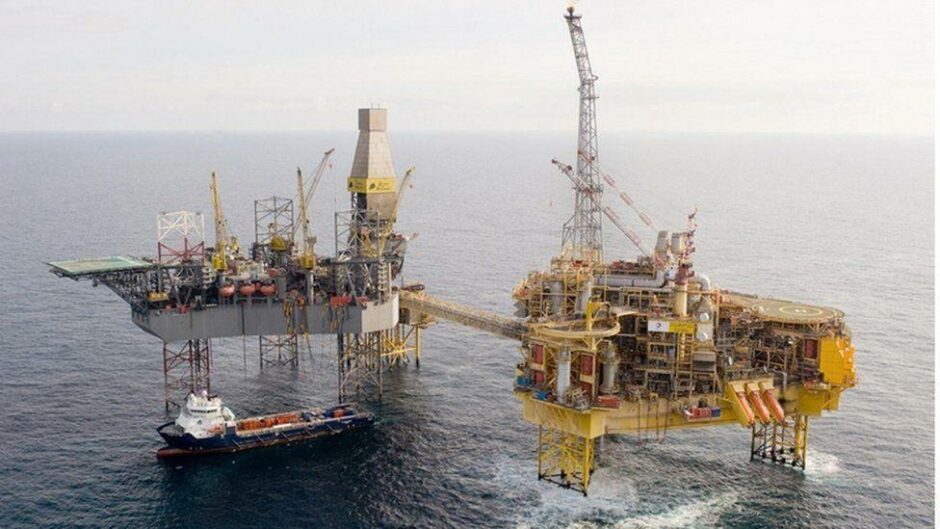
Questions have been raised over the future of Glengorm, hailed as the UK’s largest gas discovery in a decade, after an appraisal campaign yielded no commercial hydrocarbons.
Glengorm, found in the Central North Sea in 2019 by Chinese operator CNOOC, was originally hailed as the largest in UK waters for a decade, with partner TotalEnergies estimating 250million recoverable barrels of oil equivalent.
However CNOOC has now completed its appraisal campaign, seeking to firm up the number of barrels, leading to uncertainty around the future of the project.
In a statement, the operator said the Glengorm central well “contained no commercial hydrocarbons” and that a “comprehensive data analysis program” is now getting underway.
The news comes following appraisal work at the nearby Glengorm South well, nearby to the 2019 discovery, which similarly did not find commercial resource levels.
The operator said it is leaving the door open on a potential development as it seeks to address next steps, although the update means the Glengorm field is not as big as first hoped.
Despite TotalEnergies’ figures, CNOOC did not release estimates for the number of barrels at the time of the find, instead saying it encountered “net gas and condensate pay zones with a total thickness of 37.6 meters“.
CNOOC said that provisionally still stands while it goes back to the drawing board.
In 2019, Glengorm had hailed by the industry regulator, the Oil and Gas Authority (OGA), as underlining “the considerable potential of the UK” as a “world-class petroleum basin”, while analysts described it as a huge exploration hotspot.
Following an appraisal campaign on the main Glengorm central well, CNOOC said: “The well contained no commercial hydrocarbons and has been plugged and abandoned. A comprehensive data analysis program is underway.
“The results of the appraisal programme will be evaluated to inform forward plans for the P.2215 licence.”
Glengorm lies 118 miles east of Aberdeen in the P2215 licence area, with TotalEnergies’ Elgin-Franklin installation and its Culzean platform being considered viable tie-back hosts.
When the find was announced, the consultancy Wood Mackenzie said it was the largest since the Culzean field in 2008.
Senior analyst Kevin Swann said at the time that “this find shows there is still life in some of the more mature UK waters”.
Similarly Rystad Energy said the find would be an “industry hot spot for years”.
At the time, CNOOC and its partner Energean stressed that this was independent of the main discovery.
Operator CNOOC holds 50% of the licence and Total, which acquired Maersk Oil, has 25%, and the remainder is held by Energean.
Ashley Kelty, senior research analyst at investment bank Panmure Gordon, said the latest development appears to shut down hopes of a new project at the site.
He said: “This is clearly a disappointing result – and does suggest that it’s definitely not as big as originally claimed.
“It would suggest from the tone of the (CNOOC statement) that they are going cold on the idea of development.
“It could well be that its not going to be economically viable to develop a smaller HPHT (high pressure, high temperature) field given the technical difficulty and capex required. It also raises the issue of Government policy towards new developments and the wider issue of energy security.”
Mr Kelty added that it is a negative blow also for JV partner Energean, who acquired the stake in 2019 through a £600 million deal to buy the oil and gas arm of Italian energy group Edison from French utility EDF.
As for the other partners, he said: “Total and CNOOC are both big enough that this is immaterial in the grand scheme.”
Industry association Oil and Gas UK (OGUK) had no comment, the OGA declined to comment.
Recommended for you

